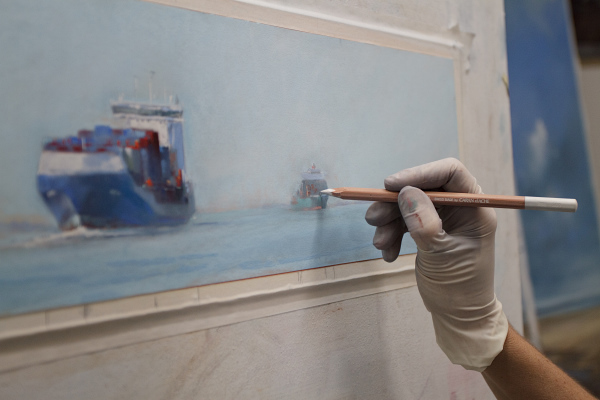
© Astrid Volquardsen
Pastel artists usually use different kind of brands because »the« pastel stick simply does not exist. Depending on the softness of the pastel stick and the type of paper or support being used there are a different ways of creating a wide range of markings. There is not simply one way of achieving this. Furthermore, the feel of the support surface is very important for the pastel artist because a combination of stick and paper is perceived differently depending on the individual artist.
At this point I would like to point out why I like the pastel pencils made by Caran d’Ache and why I think they are an excellent addition to any pastel artist’s assortment of materials.
I paint in a rather unconventional way and so the method I use is not exactly in line with traditional pastel techniques: I start off with very soft pastels and then add hard ones on top. When using standard pastel pencils I had difficulty applying the colour for the final details because they did not release enough pigment and the mark just seemed to disappear. This, however, is different with the pastel pencils produced by Caran d’Ache and I was really surprised at how they have gained such a permanent place in my assortment. I like to use them when adding the final touches to my paintings, for example, in the harbour series or in my sketches of life drawings.
What I like about the pastel pencils:
- They have extremely good light-resistant, high-quality pigments.
- They supply a surprisingly creamy texture for a pastel pencil.
- The pigment load is easily released.
- If necessary, they blend well.
- They are very good for details, even on top of soft pastel layers.
- The dark colours are not scratchy.
- An excellent choice in the current assortment which consists of 84 colours and the manufacturer is planning on introducing further colours.
- They do not break when sharpened with a knife.
- The pastel pencil can be held comfortably.
The pastel pencils go together with the pastel cubes. The cubes and pencils have the same consistency and exactly the same colour range. The cubes come in a square format and range towards the hard end compared with soft pastels. Pastel artist Susanne Mull also works with pastels from different manufacturers and likes to use hard pastels. I have not used the cubes as much yet so I asked her for an additional opinion.
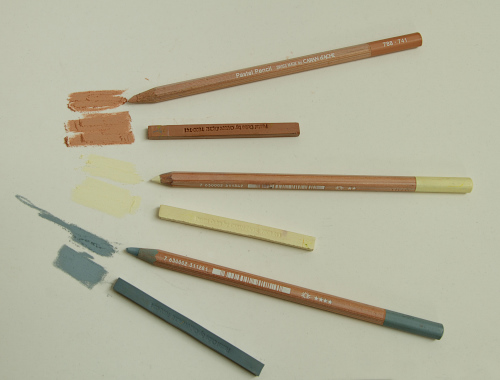
© Astrid Volquardsen
Susanne Mull is impressed with the colour range offered. The assortment not only has a large number of graded colours but it also offers sufficient full chroma colours. Apart from three cubes which appear harder, there is only a slight variation in hardness. She works from hard to soft pastels and likes the way in which the pigment load releases easily onto the support and how she is able to work in layers and use soft pastels on top of them.
The cubes and pencils are being released in April 2012 and can be obtained in
France: www.magasinsennelier.com
Germany: via the website www.boesner.com or at various branches of boesner
Switzerland: www.gerstaecker.ch
Amerika: Dakota Pastels
I made some samples on different kind of supports as follows:
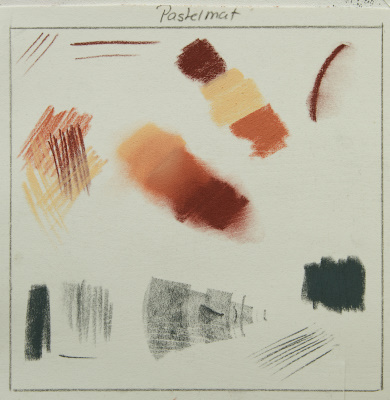
© Astrid Volquardsen
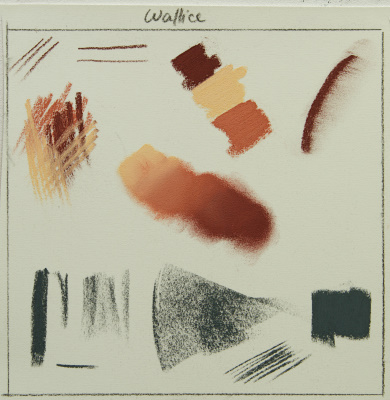
© Astrid Volquardsen
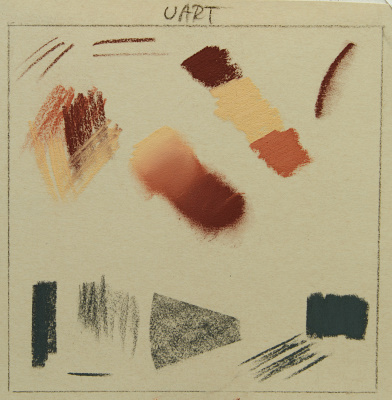
© Astrid Volquardsen
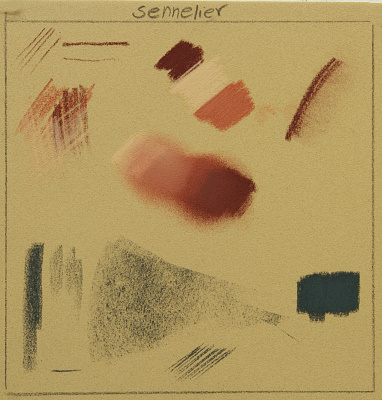
© Astrid Volquardsen
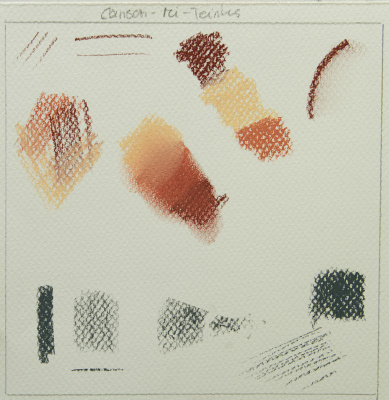
© Astrid Volquardsen


Sam Hannaway
Astrid,
Thanks for posting all of these samples. I’m impressed by how creamy the strokes of both the cubes and the pencils look. I’m curious about which ground you prefer when working with the Caran d‹Ache. Do you have a favorite?
Astrid
Hi Sam,
I personally prefer more rough grounds with a ceratin grit, so I liked the way the pencils and cubes leave a mark on Uart, Wallis and Sennelier.
Vanessa
Great post Astrid, was really informative. Thanks for posting the examples at the end of your post. It’s so helpful to see the comparison. I just love the smooth look of the Wallis sandpaper provides.
Astrid
Hi Vanessa,
thanks so much. It actually felt really smooth when I apllied the pencil marks.
Steffi Decker
Vielen Dank für die Infos, Astrid! Die werde ich auf jeden Fall mal testen…
Liebe Grüße, Steffi
Astrid
Hallo Steffi,
bei deiner Art zu malen kann ich sie mir auch sehr gut vorstellen.
Casey Klahn
A very good blog post, Asti. I’m glad you go hard over soft, which shows there’s no one way to do any technique.